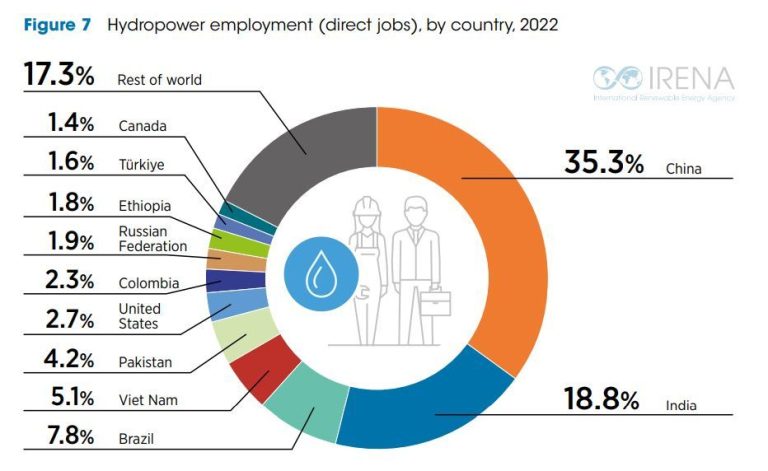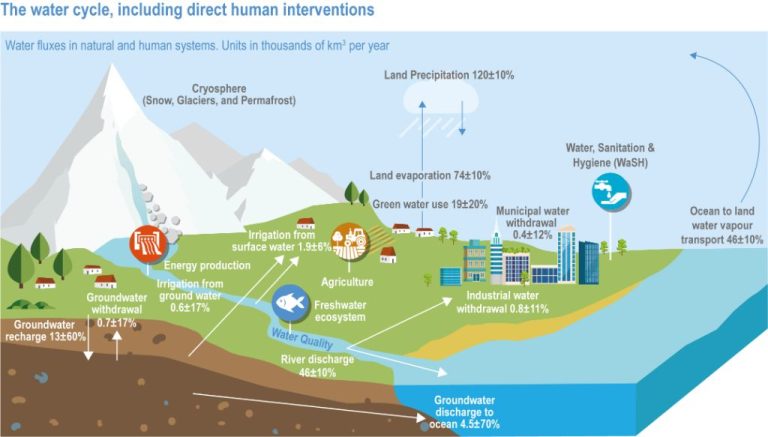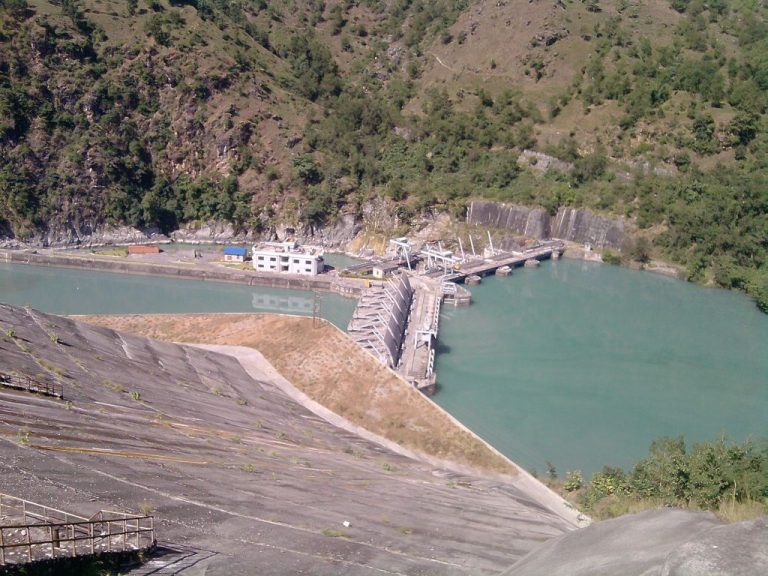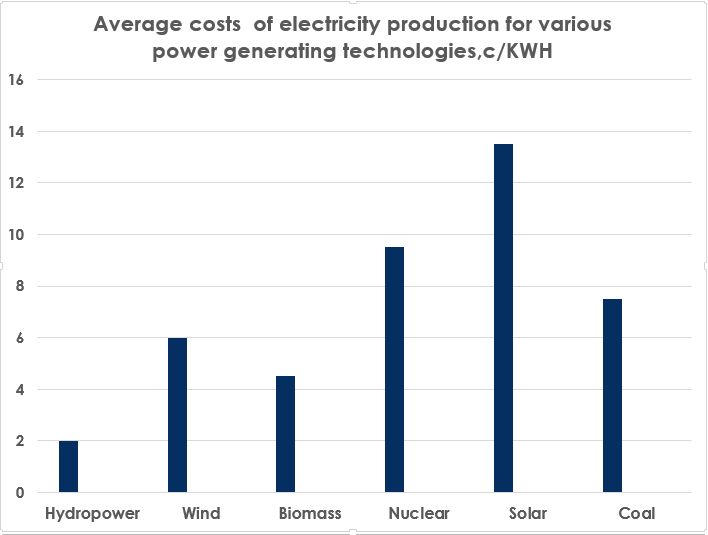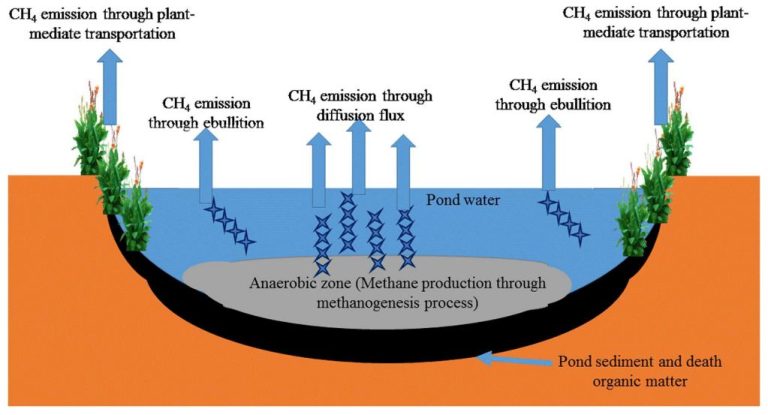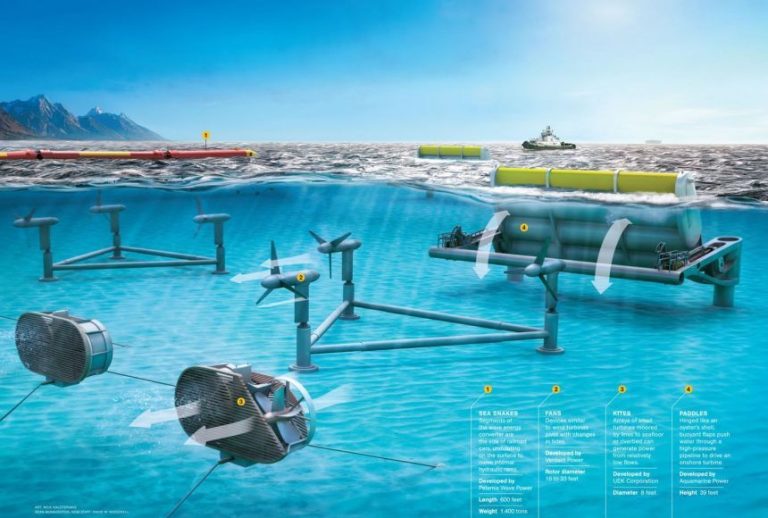Is Hydroelectric And Hydropower The Same?
Hydropower and hydroelectric power are terms that are often used interchangeably to refer to the generation of electrical power using the energy from flowing or falling water. Broadly speaking, hydropower refers to the production of power from water, while hydroelectric power more specifically refers to the generation of electricity from hydroelectric dams or facilities that harness the energy from flowing water. The goal of this article is to clarify the differences between hydropower and hydroelectric power, explain how each process works to generate energy, and highlight the key advantages and disadvantages of these renewable energy sources.
Overview of Hydropower
Hydropower works by converting the energy from flowing water into electricity. The most common type of hydropower plant uses a dam on a river to store water in a reservoir. The water in the reservoir has gravitational potential energy from being at a higher elevation. When the water is released from the reservoir, it flows through a turbine, which converts the gravitational potential energy into mechanical energy to spin a generator and produce electricity (1). The amount of electricity that can be generated depends on the volume and speed of the water flow as well as the vertical distance the water falls. According to the U.S. Energy Information Administration, hydropower is currently the largest renewable source of electricity generation in the United States, producing over 6% of the nation’s total electricity (2).
Sources:
(1) https://www.energy.gov/eere/water/how-hydropower-works
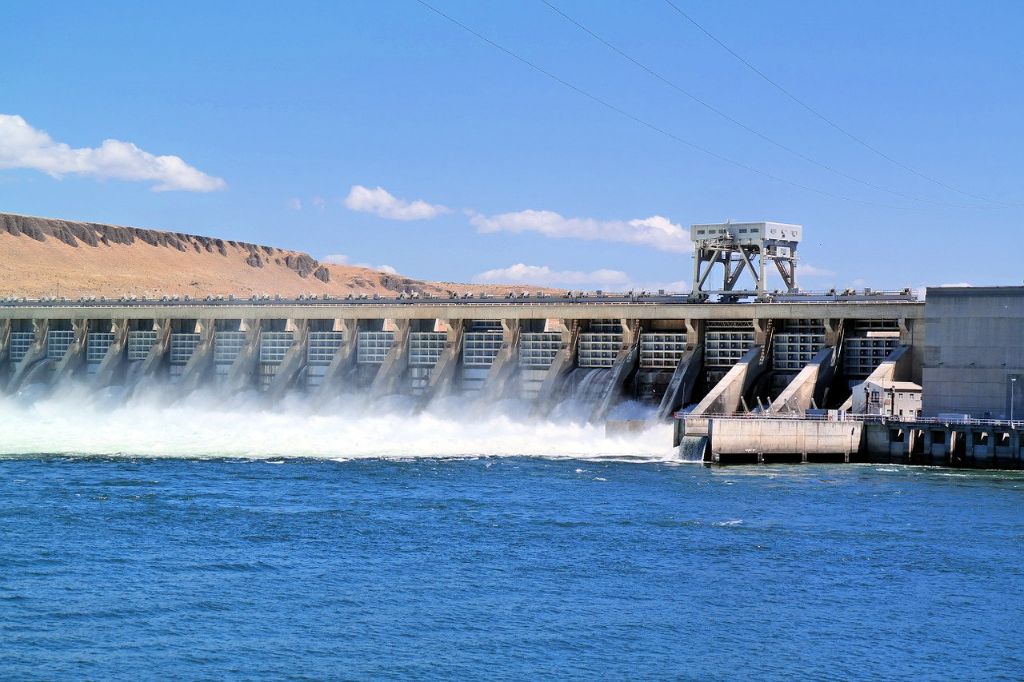
(2) https://www.eia.gov/energyexplained/hydropower/
History of Hydropower
Hydropower has been used as a source of energy for thousands of years. The Ancient Greeks used water wheels to grind wheat into flour more than 2,000 years ago. In the early 1800s, hydropower played an important role in the Industrial Revolution, providing a power source for mills and factories. The first hydroelectric power plant was built in Appleton, Wisconsin in 1882 and used water from a 30-foot dam with a water flow of 500 cubic feet per second to produce 12.5 kilowatts of electricity (https://www.energy.gov/eere/water/history-hydropower).
In the late 19th century, hydropower expanded greatly as electricity became more widely available. Major projects like the Niagara Falls plant in 1895 and the Hoover Dam in 1936 helped grow and spread access to electricity across the country. Today, hydropower continues to supply renewable, emissions-free electricity to homes and businesses (https://www.hydro.org/about/history/).
Types of Hydropower Facilities
There are three main types of hydropower facilities: impoundment, diversion, and pumped storage [1][2].
Impoundment facilities utilize a dam to store river water in a reservoir. Water released from the reservoir flows through a turbine, generating electricity. Impoundment facilities allow electricity to be generated on demand when needed [1].
Diversion facilities channel a portion of a river through a canal or penstock to turbines. These facilities do not require a large dam or reservoir. Run-of-river hydro is a type of diversion facility that harnesses the natural flow of a river with little to no reservoir capacity [2].
Pumped storage facilities pump water from a lower reservoir to an upper reservoir during off-peak electricity demand. The stored water is then released to generate electricity during peak demand. This allows electricity to be generated as needed [1][3].
Advantages of Hydropower
Hydropower offers several key advantages that make it an attractive energy source (1):
- Renewable – Hydropower is considered a renewable energy source because it relies on the water cycle. As long as there is sufficient water supply, hydropower can be generated indefinitely without depletion.
- Reliable – Hydropower can generate electricity 24/7 unlike some other renewables like solar and wind which rely on weather conditions. Hydroelectric dams and pumped storage provide a stable baseload power source.
- Cost effective – After the initial investment into infrastructure like dams and powerhouses, hydropower is inexpensive to generate. Operating costs are low compared to fossil fuels (2).
With these advantages, hydropower is an important part of the renewable energy portfolio and supplies 16% of worldwide electricity (2). Countries with significant hydropower capacity can rely on its renewable, reliable, and affordable power generation.
(1) https://www.energy.gov/eere/water/benefits-hydropower
(2) https://www.enelgreenpower.com/learning-hub/renewable-energies/hydroelectric-energy/advantages
Disadvantages of Hydropower
While hydropower is a renewable energy source, it does come with some downsides especially related to environmental impacts. Hydropower facilities like dams can greatly disrupt natural water systems and the wildlife that depend on them. For example, dams block fish migration routes and prevent access to spawning grounds, reducing fish populations (Source). Reservoirs created by dams also completely change the natural flow of rivers.
Hydropower facilities can also negatively impact the surrounding land environment. The reservoirs created by dams flood vegetation and forests, drastically altering habitats both upstream and downstream. Entire ecosystems can be disrupted or destroyed. Reservoirs also increase the risk of droughts and floods in some cases. When water levels in reservoirs drop too low during droughts, hydropower generation is reduced. And when reservoirs overflow, excess water must be released causing flooding downstream (Source).
Lastly, dams and hydropower plants can become unsafe over time due to age and sediment buildup. Dam failures have caused catastrophic flooding and destruction in the past. Regular maintenance and upgrades are essential, but also disruptive to surrounding communities (Source).
Hydroelectric Power
Hydroelectric power is a type of hydropower that utilizes the energy from flowing water to generate electricity. It works by directing water from a high elevation through pipes and channels into a turbine. As the water flows through the turbine, it causes the blades to spin. The turbine is connected to a generator, so as the turbine spins, it rotates the generator to produce electricity (U.S. Department of Energy, n.d.).
The process starts with a dam built across a large river to create a reservoir. Gates on the dam open to allow water from the reservoir to flow down large pipes, known as penstocks. The fast-moving water pushes against and spins blades on a turbine at high speeds. The turbine is connected to a generator, which has coils of copper wire inside. As the turbine spins the generator, it causes magnets inside the generator to spin around the coils of copper wire. This motion of the magnets around the copper coils produces an electric current, creating electricity (U.S. Geological Survey, 2018).
The amount of electricity that can be generated depends on how far the water drops and how much water moves through the system. The farther the water drops and the more water that moves through the system, the more electricity that can be produced (U.S. Energy Information Administration, 2023). The electricity is then fed into transmission lines and distributed to homes, businesses, and industries.
Uses of Hydroelectric Power
Hydroelectric power has several key uses, with the most well-known being electricity generation. Most hydroelectric power comes from hydroelectric dams, where the kinetic energy from falling water passes through a turbine to spin a generator that produces electricity. The electricity can then be distributed via power lines and transformers for residential, commercial, and industrial uses. According to the U.S. Geological Survey, hydropower accounted for over 6% of total U.S. electricity generation and over 40% of electricity generation from renewable sources in 2019 (Benefits of Hydropower).
In addition to electricity generation, hydroelectric power serves as a form of grid energy storage. During periods of high electricity demand, extra water can pass through the turbines to produce more power. The reservoirs behind dams also act as large batteries, storing potential energy to be released as needed. Pumped storage hydropower works by pumping water uphill into a reservoir when electricity demand is low so it can flow downhill to generate power later when demand is high.
Hydroelectric power has various industrial uses beyond generating electricity. The hydraulic force of water can power heavy machinery in manufacturing facilities directly without any electrical conversion steps. Fast-moving water from hydro plants is sometimes used to power sawmills and control log movements. Overall, hydroelectric power’s unique properties like rapid responsiveness, high reliability, and storage capacity make it useful for electricity generation, grid operation, and industrial applications (Hydroelectric Power Water Use).
Hydroelectric vs Hydropower
The terms hydroelectric and hydropower are often used interchangeably, but there is a subtle difference. Hydropower refers to the broad concept of generating power using water. This includes harnessing the kinetic energy from flowing water or potential energy from water that has been pumped to an elevated reservoir. Hydropower facilities convert this mechanical energy into electricity.
Hydroelectric power more specifically refers to the generation of electricity using the natural flow of water, without pumped storage. Hydroelectric plants harness the kinetic energy of naturally flowing water to turn turbines and generate power. The water flows due to gravity from higher elevation sources like dams, without the need for pumping.
So in summary, hydroelectric power is a specific type of hydropower that relies solely on the natural flow of water to generate electricity, without artificial pumping. All hydroelectric generation is hydropower, but not all hydropower is hydroelectric – some hydropower facilities use pumped storage to elevate water.
Conclusion
In summary, hydropower and hydroelectric power refer to the same renewable energy source that utilizes moving water to generate electricity. Hydropower facilities harness the kinetic energy of flowing water by directing it through turbines connected to power generators. Major types of hydropower plants include impoundment, diversion, pumped-storage, and run-of-river. The key advantages of hydropower include its renewable nature, low operating costs, and ability to quickly adjust electricity output based on demand fluctuations. However, building large dams and reservoirs can negatively impact the local environment and ecosystems. Hydroelectric power specifically refers to the electricity generated from hydropower. It provides a substantial portion of renewable energy worldwide, accounting for over 16% of global electricity production. While hydropower and hydroelectricity refer to the same basic concept, hydroelectricity focuses more narrowly on the electrical energy output. In summary, hydropower harnesses the mechanical power of water, which is then converted into hydroelectricity.

